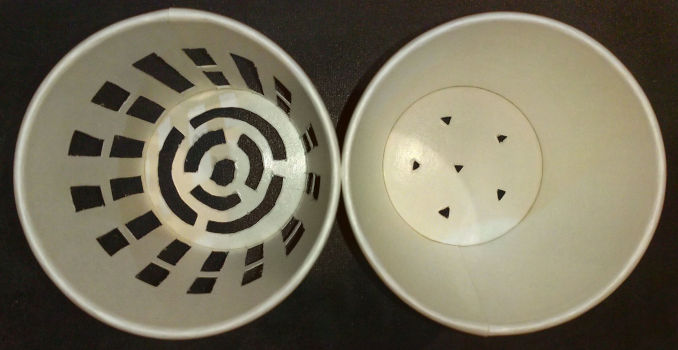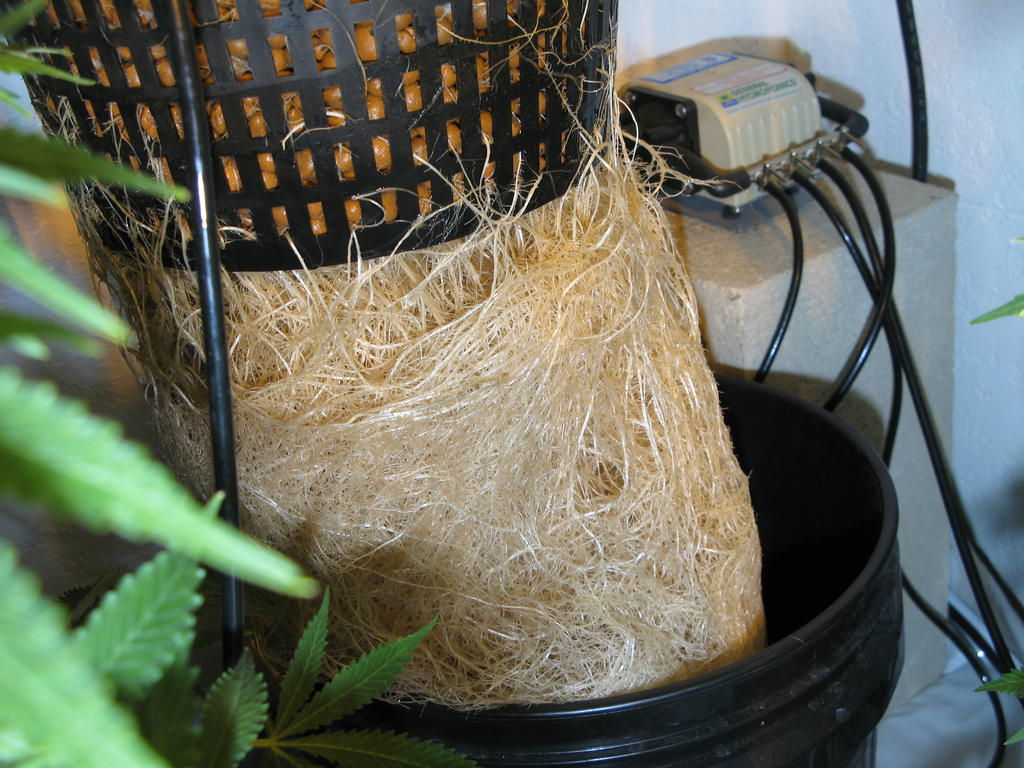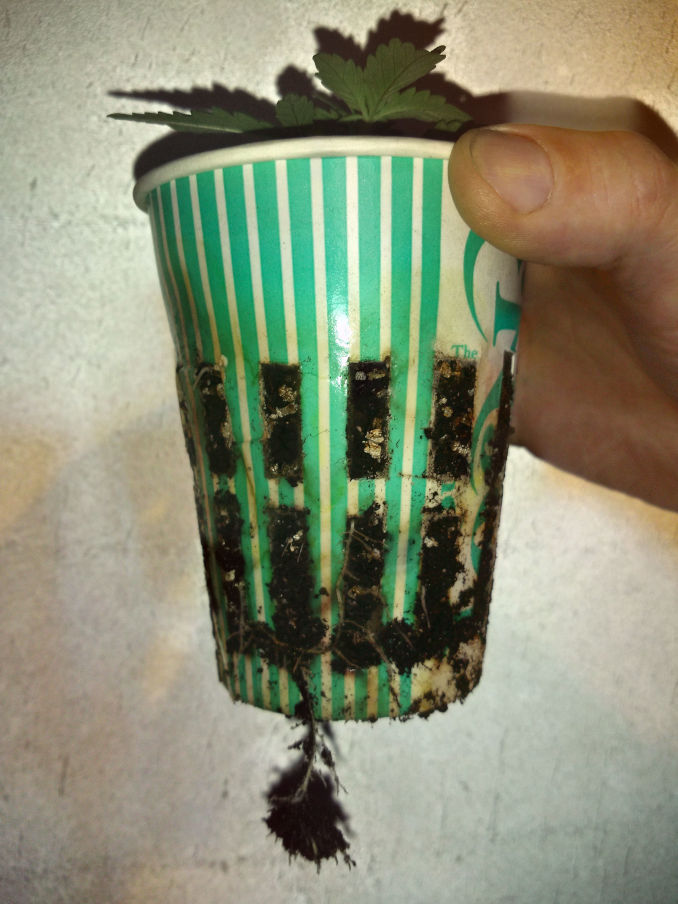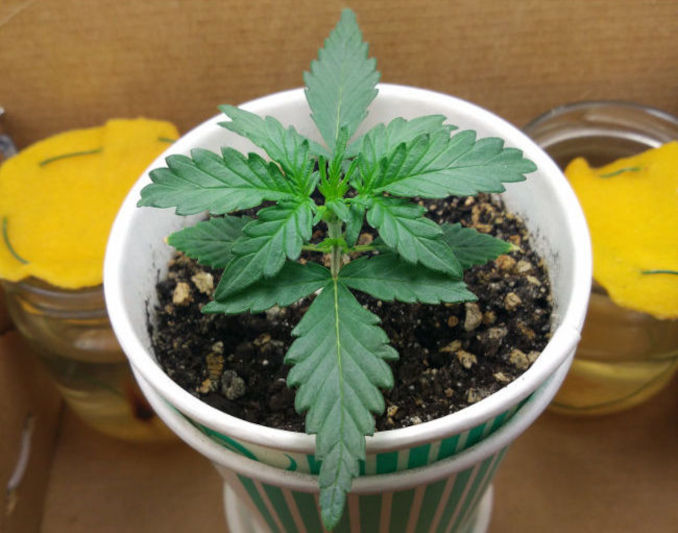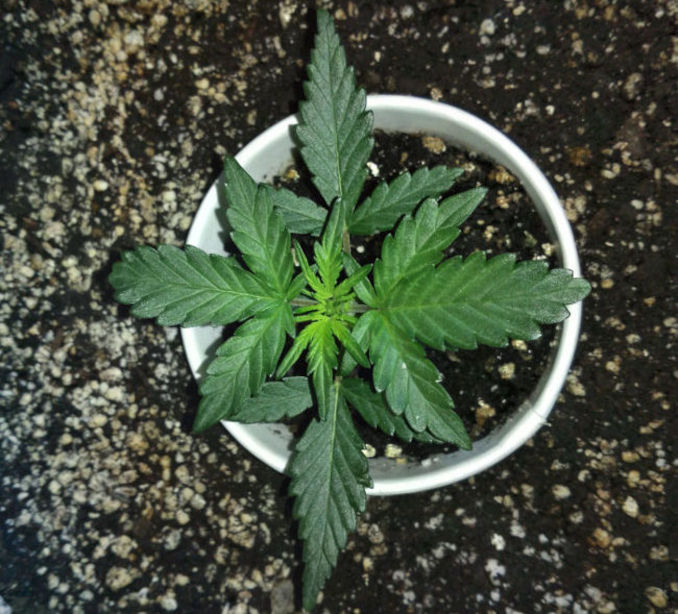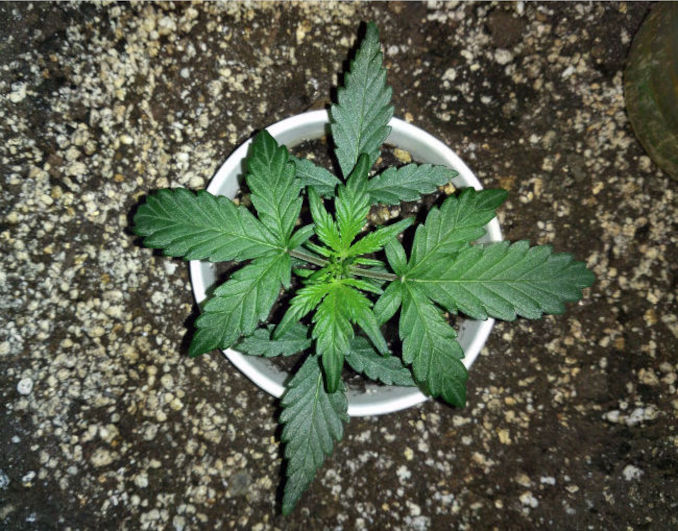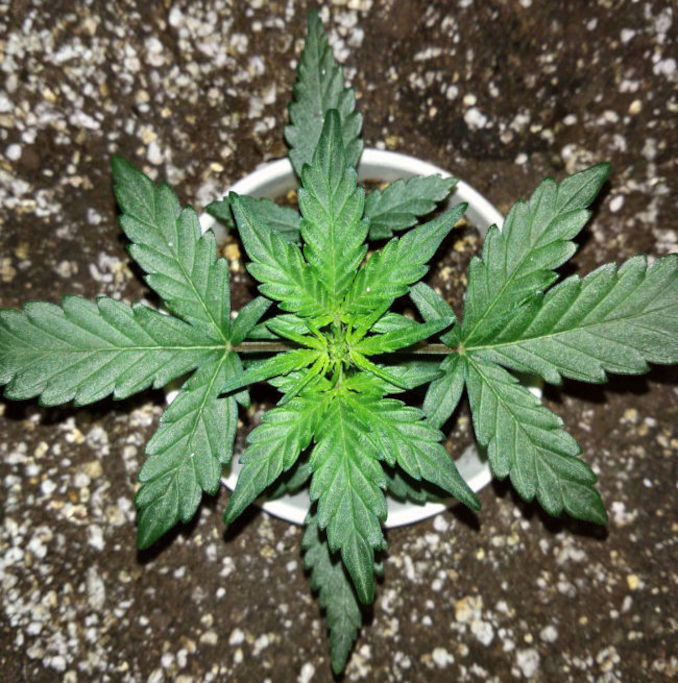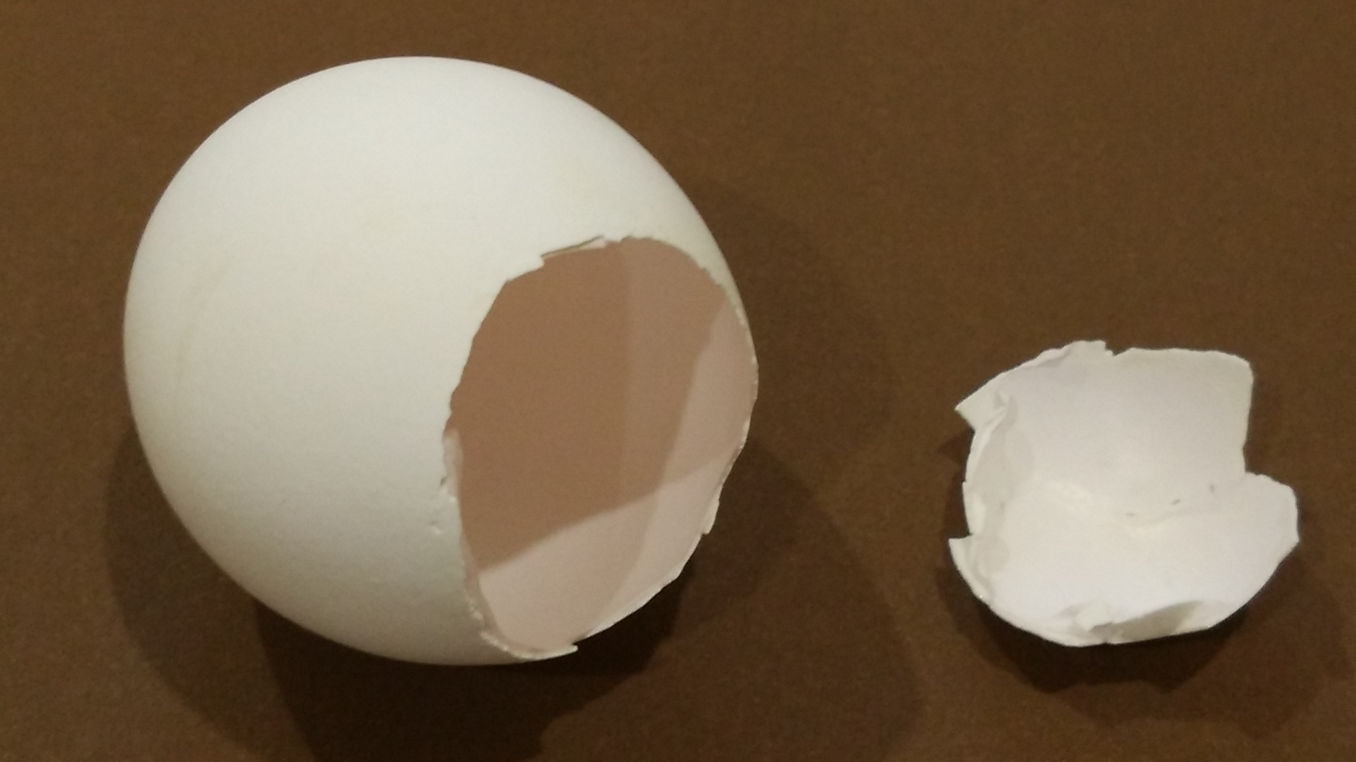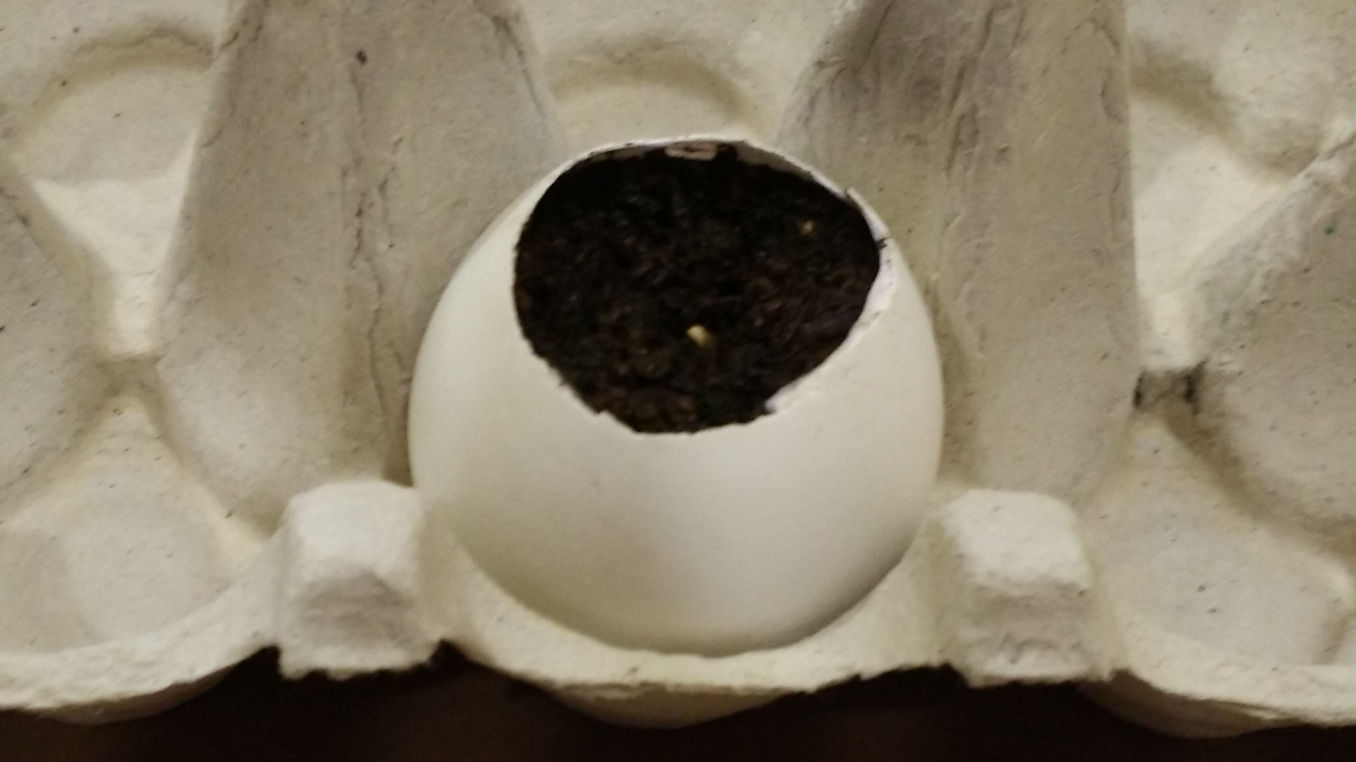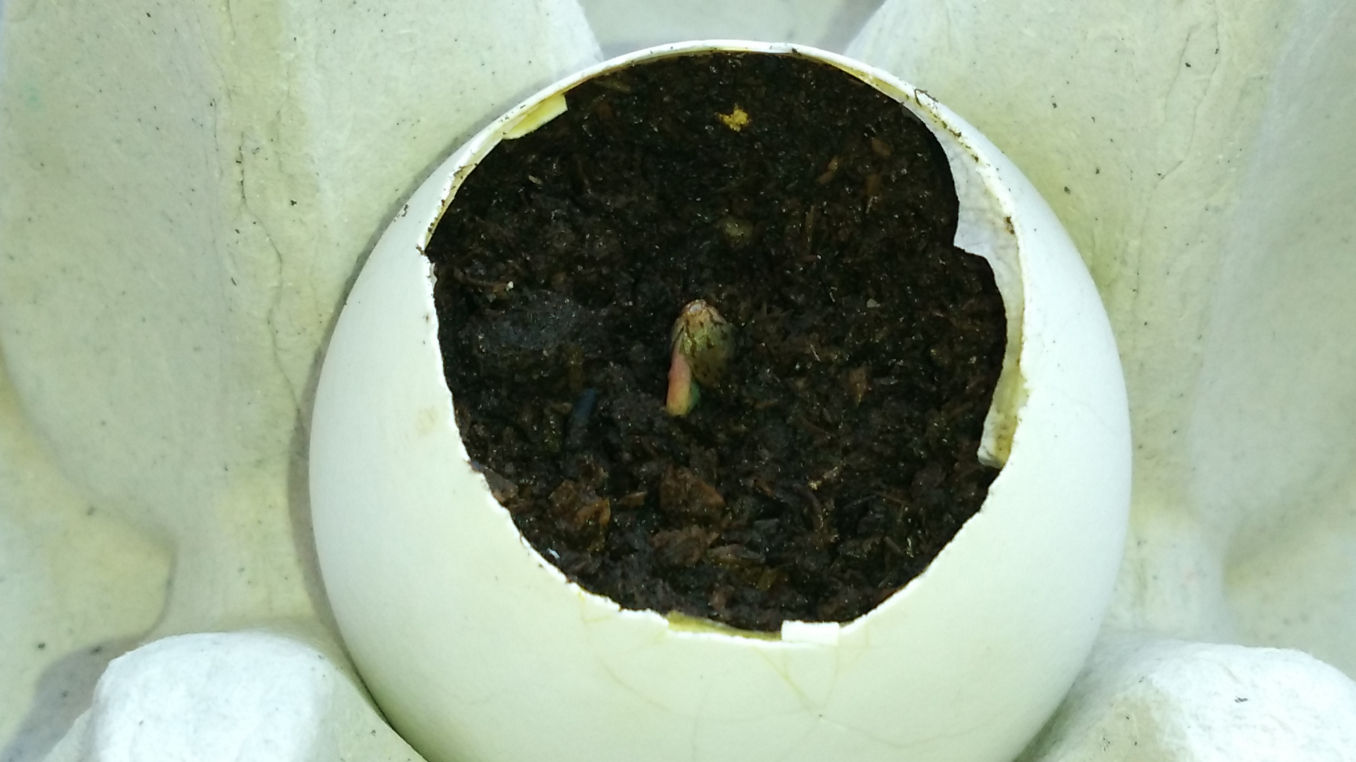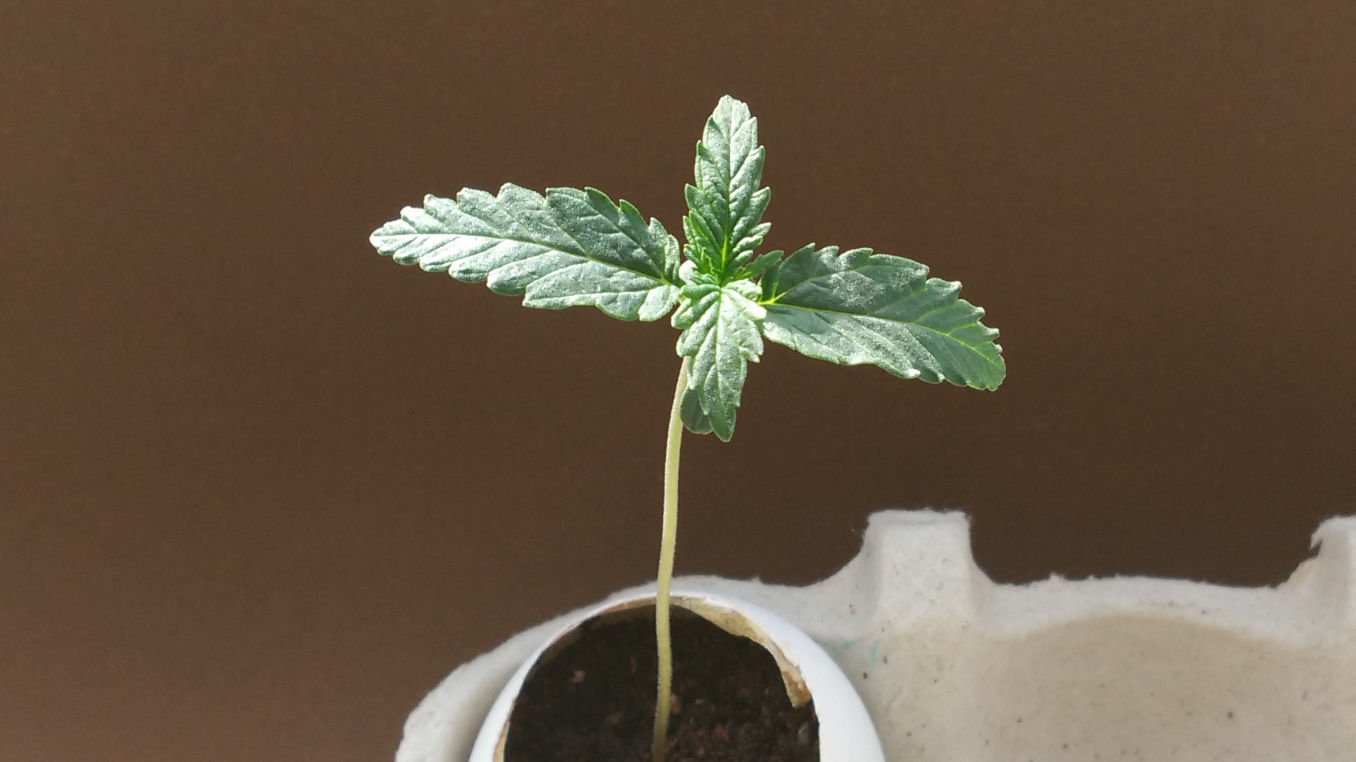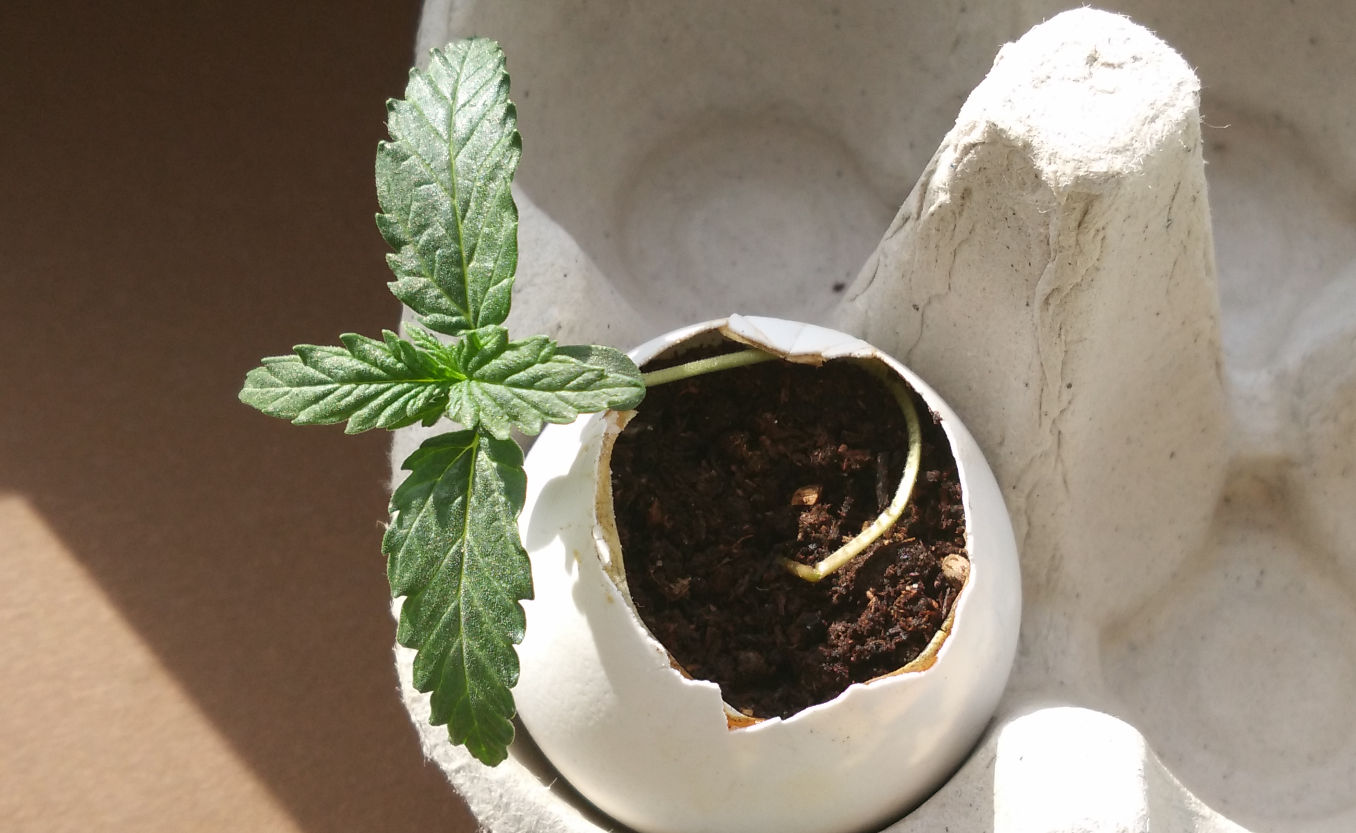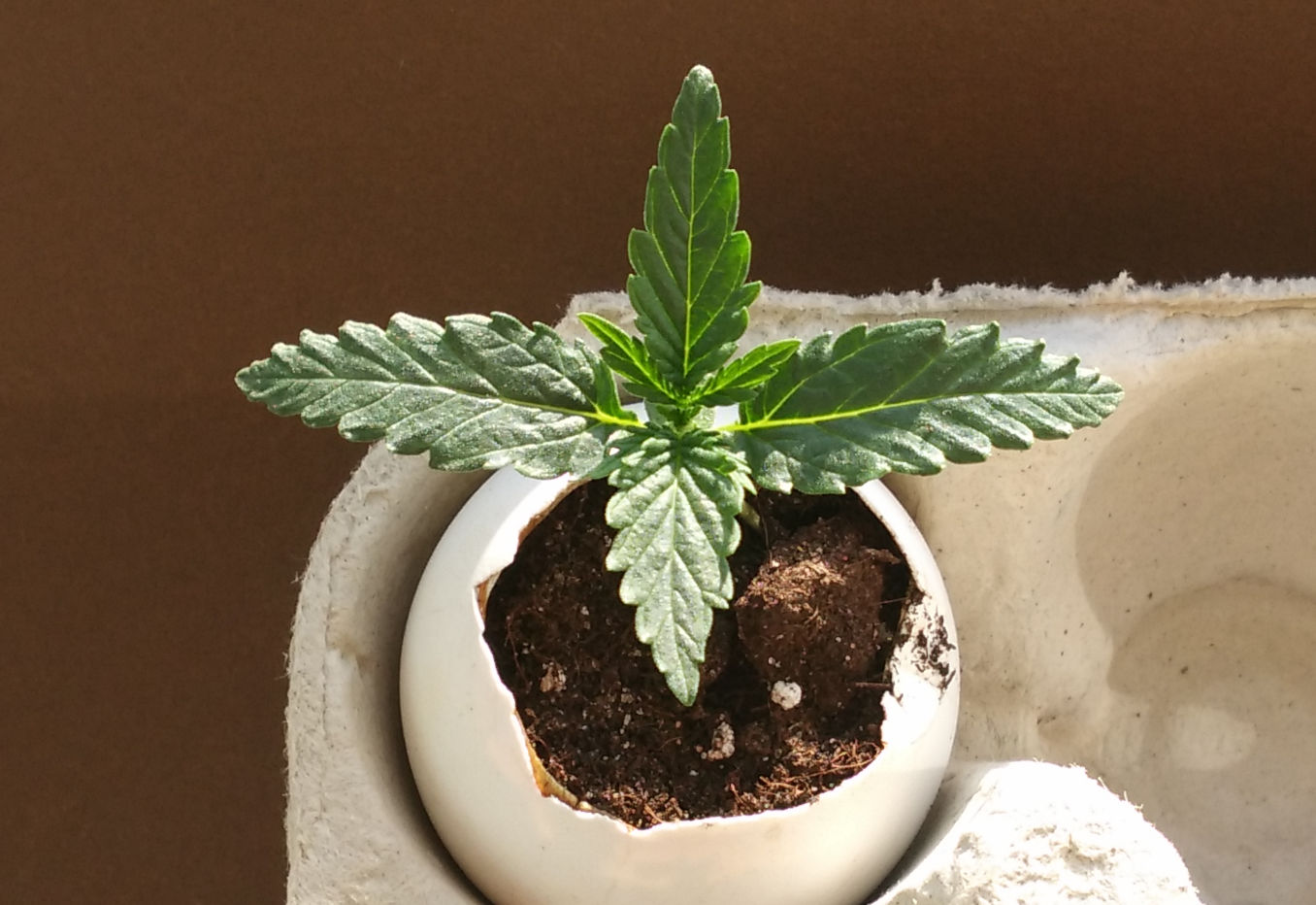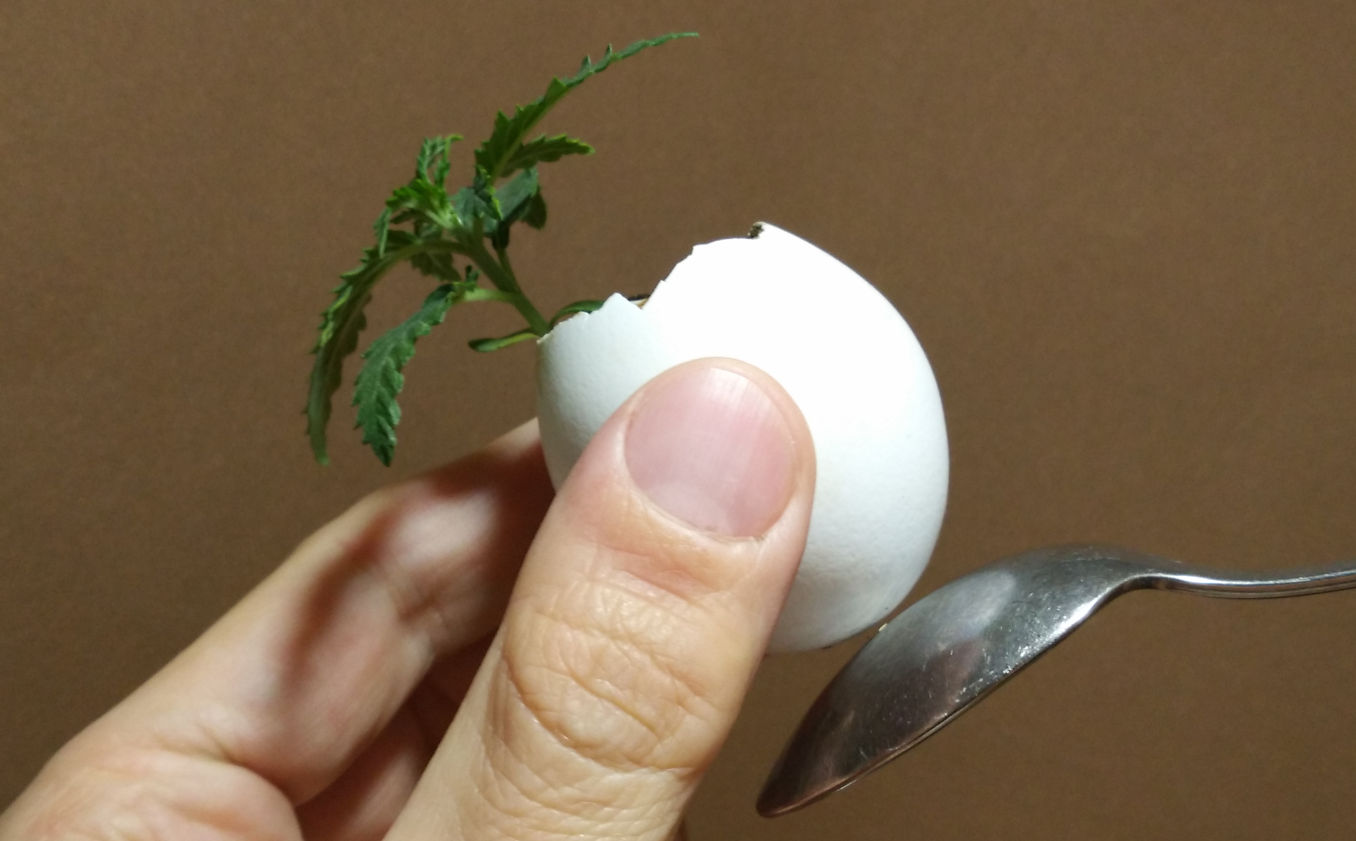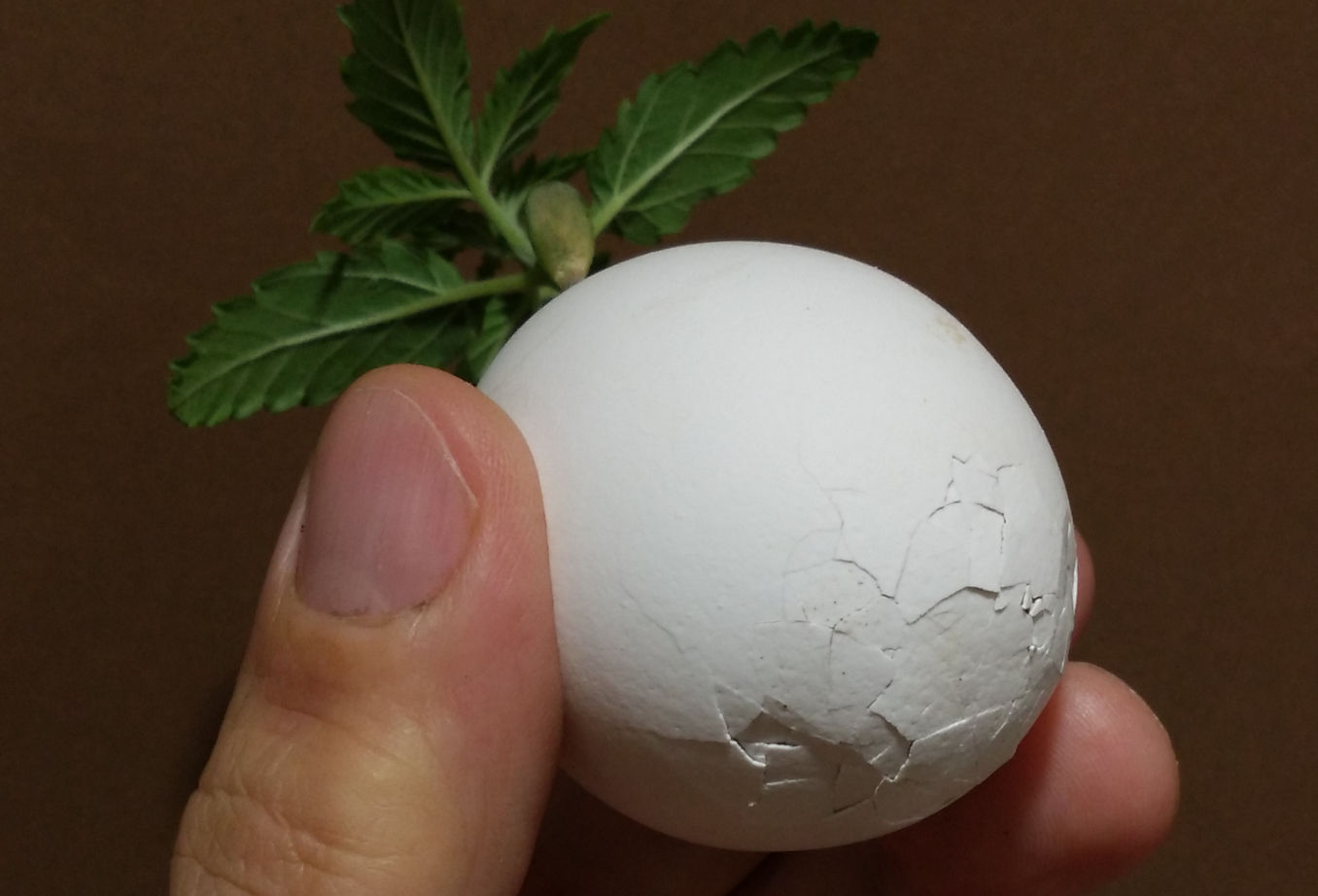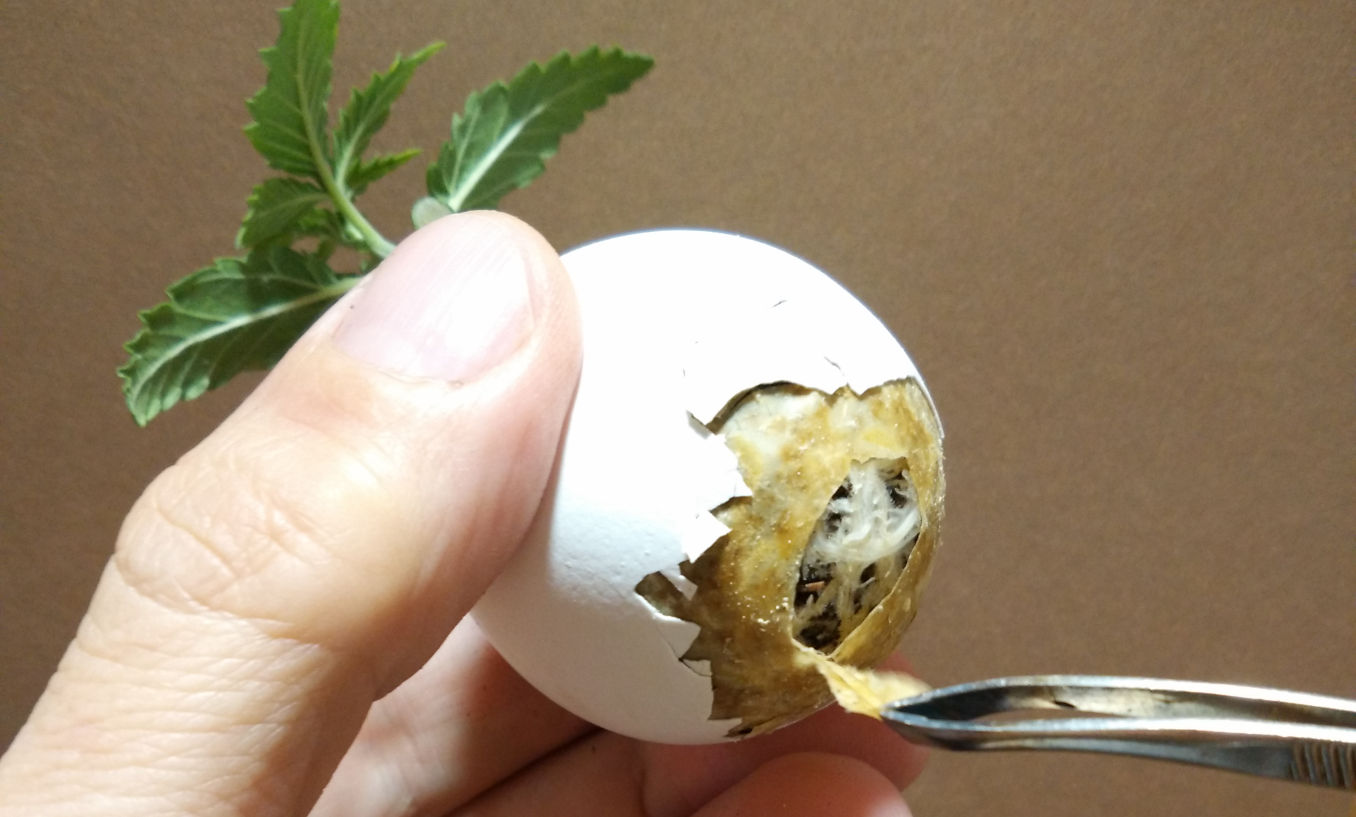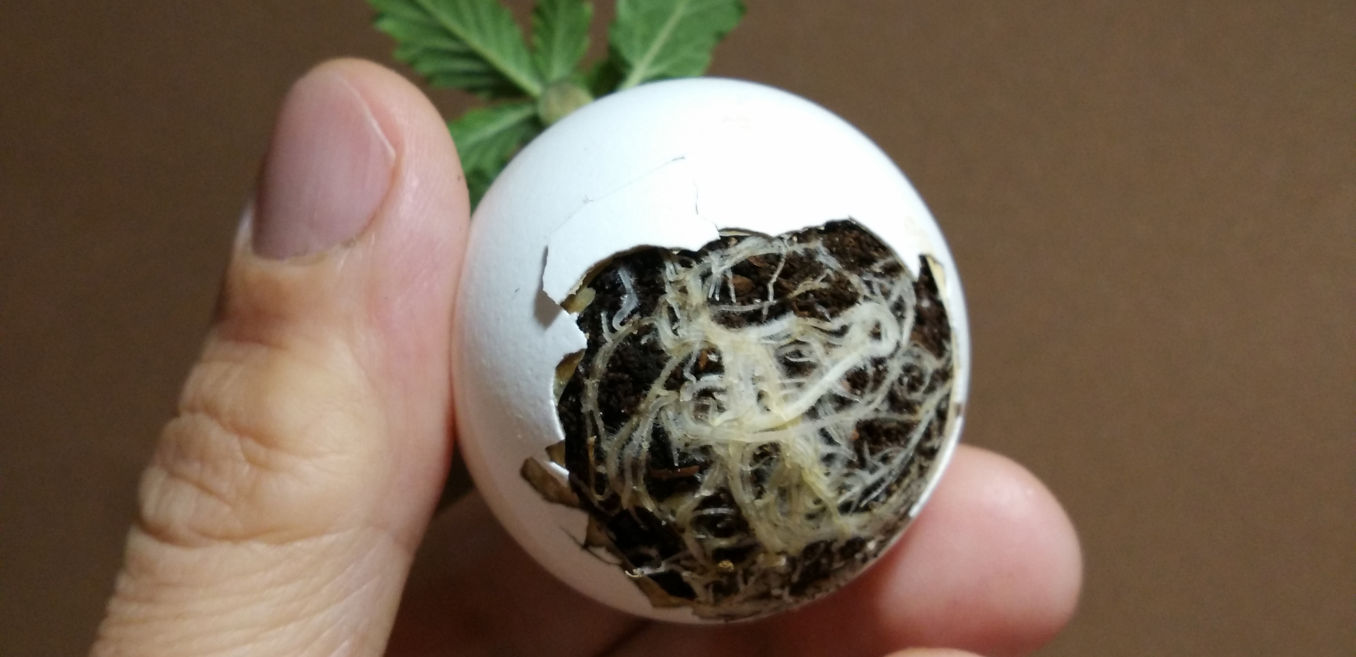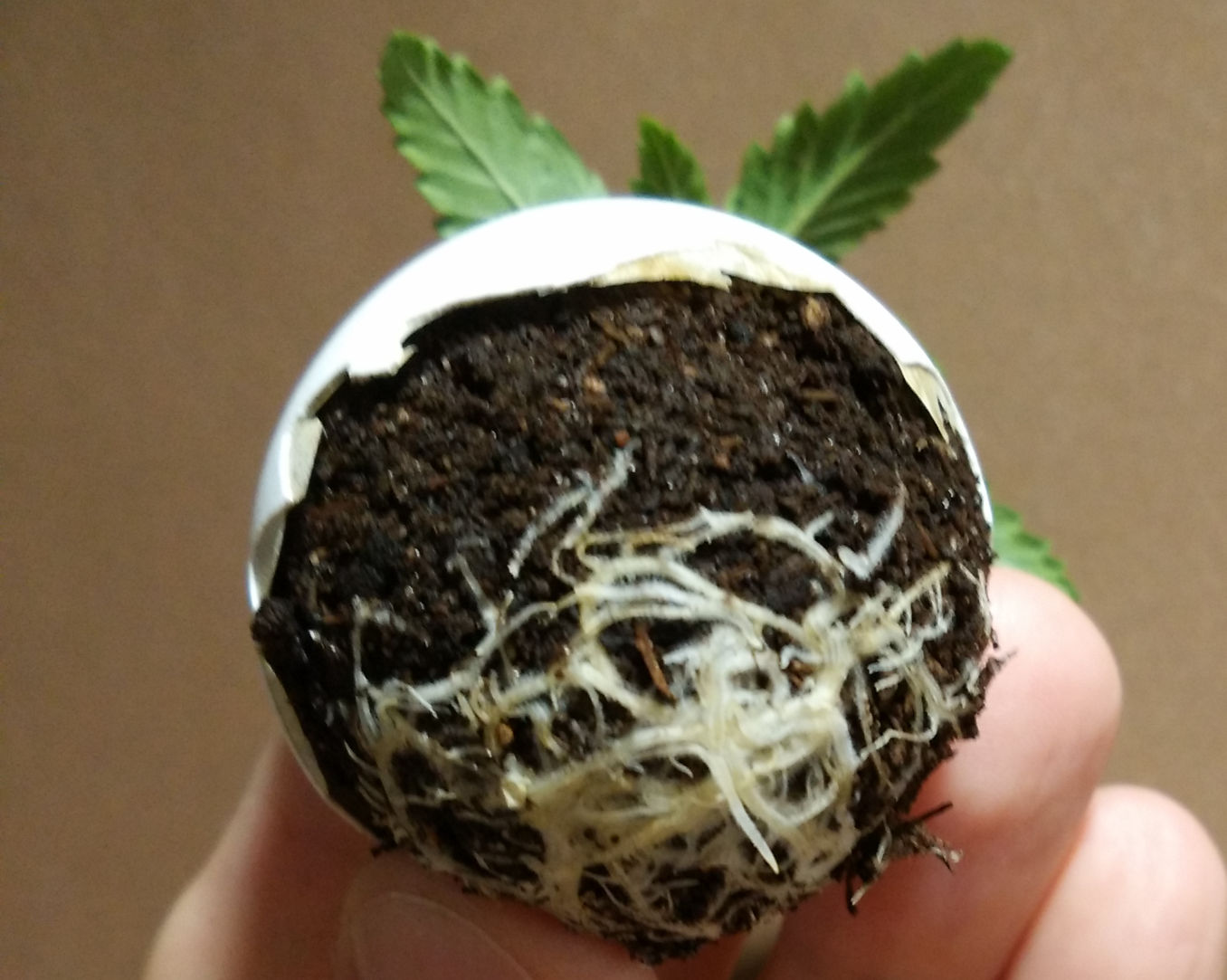When you go to a seed shop, the most conspicuous categories you see there are ‘autoflowering’ and ‘feminized’, so most growers face a difficult choice: autoflowering vs feminized. Let’s look at the advantages and disadvantages of each.
Autoflowering vs Feminized Seeds
Let’s start with a disclaimer: it’s not really correct to contrapose these two. A seed can be both feminized and autoflowering, or have just one of these characteristics, or neither of them.
‘Feminized’ means that the seeds produce only female plants. ‘Autoflowering’ means that the seeds will automatically start to flower as soon as they are mature enough (let’s say in 2-4 weeks from sprouts).
What are auto feminised seeds then? Well, those that flower automatically + produce flowers that are always female (i.e. buds).
In contrast, the seeds that produce both male and female plants are called ‘regular’, and those that won’t start to flower until you change the light cycle for them are called ‘photoperiod’.
So, seed shops make the bulk of their sales with the following two:
- feminised auto seeds (mostly referred to as ‘autoflowering’)
- feminized photoperiod seeds (mostly referred to as ‘feminized’)
And these two are exactly what we are going to compare.
Advantages of ‘Feminized’ Seeds vs Auto Seeds
They Have More THC
When I myself started growing weed many years ago, I was ignoring autoflowering strains completely. At that time, they really weren’t good enough. Over the years, though, the situation has changed.
Today’s autoflowers routinely have around 20% THC. This is an unheard of level for most photoperiod varieties that I used to grow and considered ‘strong’. Still, if a breeder takes some exceptional genetics with say 25-28 percent of THC and makes an autoflowering version out of it, the THC content in the resulting auto flower is always lower. Compare, for example, such a legend as Gorilla Glue with an autoflowering Gorilla.
Autoflowering vs Feminized Yield Per M2
Autoflowers have a shorter life cycle, so it’s only logical that they produce less buds in the same growspace. Again, some autos can be significantly more productive than some photoperiod strains, but, within the same genetic line, the auto version always yields less grams per m2 than the photoperiod one.
The Difference in Yields Per Plant Can be Colossal
Photoperiod strains can be vegged for as long as it suits your needs. This allows you to grow your plants into real giants. It’s hardly practical indoors, but outdoors you can harvest as much as several pounds of dry bud from every ‘tree’. Growing fewer but bigger plants is also convenient when there are legal limits as to the number of plants you are allowed to grow.
They Leave More Room for Rookie Mistakes
Novice growers tend to make mistakes from day 1, so they run into trouble long before the flowering stage begins.
With a photoperiod variety, you can simply find a solution to your problem, take necessary measures, and wait till your plant is in good shape again. And only then you change your light schedule to 12/12 to induce flowering.
Autos, on the other hand, don’t wait till you correct your mistakes. Even if they are small and sickly, they are ‘on the clock’ and will start flowering despite their pathetic condition. The result — tiny plants and puny yields.
That being said, I have seen autoflowering strains that are a little more flexible than that. They start flowering when they reach a certain size and have a certain number of true leaves (let’s say 4 developed pairs of true leaves and the 5th one just forming). This can happen after 3 weeks from sprouts (when everything has gone well). Or, if the initial growth was very slow due to bad conditions, they can postpone the flowering till week 4 or even 5. Not all autos behave this way, but some do.
They Let You Take Clones and Keep Mothers
If you like a particular feminised plant and want to keep it for future use, simply take a clone, root it and keep it under 18 hours of light a day indefinitely. This plant will never flower, but will keep growing new leaves and side shoots which you can use for cuttings.
Theoretically, you can take clones from autoflowers, too, but you can’t stop them from flowering, no matter how many light hours you give them. So the only way to propagate your favorite autoflowering genetics is to force the plant to self-pollinate and produce seeds.
You Can Re-Veg Them
To reveg means to revert your plant back to growth after harvest.
A harvested plant is hardly more than a stump with a branch or two and some leaves. But you can turn this pathetic remnant into a full-fledged plant. It can then give you a second harvest or be turned into a mother plant and a constant source of clones.
Obviously, autos can’t be revegged.
They Let You Save on Electricity During the Flowering Stage
Feminized plants spend their 8-10+ weeks of flowering under a 12/12 regime, meaning you burn electricity for only 12 hours a day. The saving can be especially significant if your electrical company offers night rates. For autoflowers, the standard light/dark cycle is at least 18/6 (more hours, more money).
Advantages of Autoflowering vs Feminized Seeds
You Can Grow Them Outdoors in Practically Any Climate
I happen to live in a region with very harsh weather, so I know this firsthand. I started with feminized photoperiod strains and only chose those that were early finishers and tolerant of cold and even frost. Nevertheless, it was always a lottery. Some of those ‘quick’ feminized seeds didn’t even start to flower before the first snowfall. Others didn’t reach full maturity.
Later, I would grow from clones using genetics that had proven to really finish early, but even they didn’t perform equally well every year. It all depended on the weather in the crucial 3-4 weeks in late September – early October.
After I tried an autoflowering strain for the first time, I’ve never bothered to grow a photoperiod variety outdoors ever again. Except maybe as an experiment. As an auto grower, you have an opportunity to choose the warmest, sunniest 2-3 months of the year to complete the whole cycle—from seed to harvest—and count on your buds becoming fully mature.
You Can Have Two or More Consecutive Harvests Per Season Outdoors
It all depends on your climate. If the growing season (with no frosts) in your region is 150 days long, you can easily have two back-to-back auto grows. It’s sometimes very convenient to have several smaller harvests than one large one per season.
One reason is that trimming is a very time consuming procedure. Also it’s nice to have some fresh buds to smoke in the middle of summer, while you’re waiting for the bulk of the harvest that which be mature in fall.
With Autos, You Don’t Worry About Light Pollution
If you grow photoperiod marijuana outdoors, nights during the flowering stage should be dark. Weed plants don’t mind the moon and stars, but react badly to city lights. Indoors, you must make sure that your grow space is completely sealed off and doesn’t allow light leaks. With auto flowers, you don’t have these issues.
You Can Have Both the Vegging and the Flowering Plants in One Grow Room
For photoperiod feminized varieties, you must dedicate two separate rooms. In one, lights will be on for 18 hours a day (the veg room), in the other — for 12 hours a day (the flowering room). This is something that not every amateur grower can afford. As for autos, you can keep several generations, each at a different stage of maturity, under 18/6.
Autoflowering vs Feminized Size
Autos tend to be much smaller. This is very convenient for tight spaces and micro grows, or if you want your secret garden to be inconspicuous.
Autos Finish Faster
Theoretically, you can find a photoperiod strain that grows very fast in veg and has a very short flowering period. So, by inducing the flowering early, you can make it finish in 10-11 weeks from seeds. But this is what an average auto can do without any hassle, and some are much faster than that. So, if you want to end that T-break of yours a.s.a.p., choose autoflowering cannabis.
This is it.
Now you have a sort of a checklist that will help you decide if you’ll be better off growing feminized seeds or autoflowering. We’ve also written a separate post comparing feminized seeds vs regular. Be sure to read it, too!
